Every time I see a mastiff on the street, my first reaction is always: “Wow, look at the size of that dog!” But once you learn the history behind the breed — or better yet, breeds — everything starts to make a lot more sense.
I’ll admit, I started digging deeper into the mastiff world after seeing a Neapolitan Mastiff up close. It was like a four-legged tank, with those wrinkly jowls and a serious, almost philosophical look in its eyes.
It looked like it was pondering life itself. And I thought, “Where on earth did a dog like this come from?”
Well, brace yourself, because the history of mastiffs is epic — quite literally.
These dogs have been around for thousands of years and have served as warriors, gladiators, hunters of wild beasts, and today? They’re loyal guardians of our homes and families.
The Earliest Records: Strength in Service of Armies
The origin of mastiffs goes way, way back — we’re talking over 5,000 years ago!
There are carvings and paintings from ancient civilizations like Mesopotamia, Ancient Egypt, and India showing large, powerful dogs alongside soldiers.
These dogs were true battle companions. They wore armor, marched at the front lines, and faced both human enemies and wild animals like lions and bears in war zones and arenas.
Yes, you read that right — lions and bears. 😳
Mastiffs were so revered that many cultures believed they offered not only physical protection but also spiritual defense. They symbolized strength, courage, and loyalty.
From the Battlefield to Home Security
As warfare evolved and public spectacles became less common, mastiffs took on new roles. Instead of fighting in bloody arenas, they began working as guard dogs, protecting homes, farms, and livestock.
This period saw the development of various breeds that we know today, such as:
- English Mastiff
- Neapolitan Mastiff
- Tibetan Mastiff
- Dogue de Bordeaux (French Mastiff)
Each of these originated in different regions, with distinct traits — but all maintained that powerful, guardian spirit that defines a true mastiff.
From Fierce Warrior to Cuddle Buddy
Nowadays, mastiffs are far removed from the battlefield, but their presence is still commanding wherever they go.
And believe it or not, many of them are just giant babies — incredibly affectionate and family-oriented.
I have a friend who owns an English Mastiff named Max. He weighs over 80 kg (about 175 lbs), and according to his owners, he still tries to climb into their laps like a puppy. He’s the classic “gentle giant who has no idea how big he is.”
Despite their intimidating looks, most mastiffs are calm, well-balanced, and deeply loyal. They’re great with kids, tolerant with visitors (once introduced properly), and fantastic home protectors.
Fun Facts You Might Not Know:
- They drool. A lot. If you’re thinking about getting a mastiff, emotionally prepare yourself — and stock up on paper towels.
- They’re quiet, but when they bark… it’s like thunder. Talk about built-in home security!
- Surprisingly, they’re not overly active. A few moderate walks and space to stretch out are enough.
- They’re often extremely protective, but rarely aggressive without reason.
A Giant with the Soul of an Angel
The history of mastiffs shows us that strength and tenderness can exist in the same body.
They’ve fought wars, guarded empires, and today they guard our front doors — with the same loyalty as ever.
To me, the mastiff is the definition of canine nobility: majestic, powerful, and full of love for those who earn its trust.
So, what about you? Would you want a mastiff as your companion? I’m honestly this close to clearing space at home — and maybe buying a few extra rolls of paper towels for all that drool! 😂🐶

